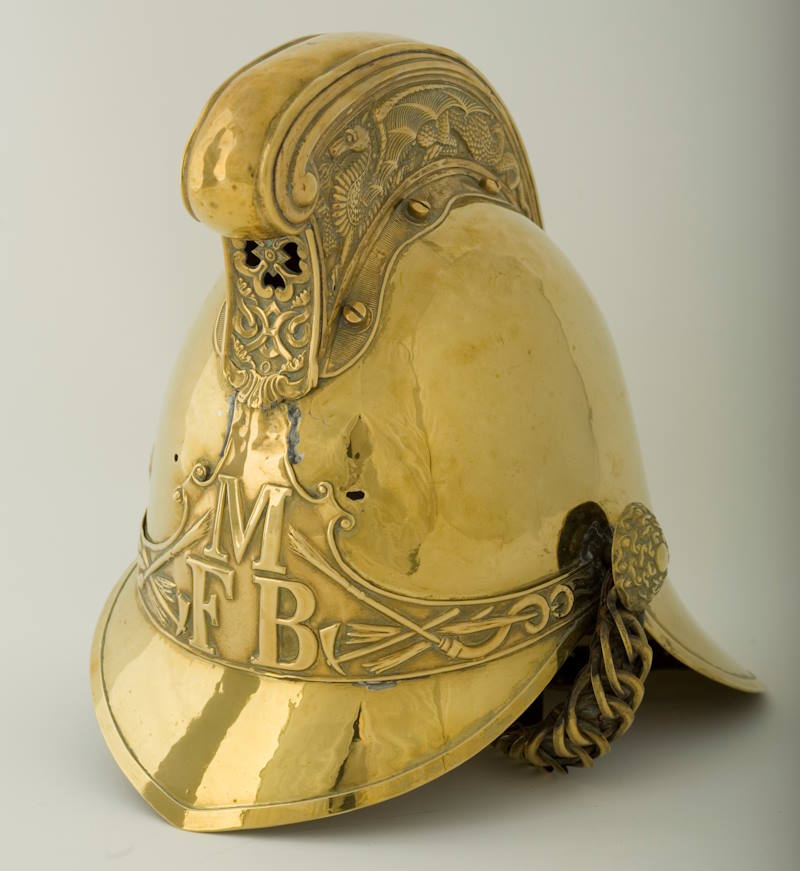Before the Metropolitan Fire Brigade Act was passed in 1865, London's firefighters weren't public servants – they were employed by insurance companies. Learn more more about the early fire brigades and the London Fire Engine Establishment (LFEE).
Then, in 1861, everything changed. A huge fire broke out at Cotton's Wharf, which took two weeks to extinguish – causing millions of pounds of damage. The Tooley Street Fire saw insurance companies ask parliament to relieve them of their responsibilities.

The Metropolitan Fire Brigade (MFB) was formed in 1866 after insurance companies told the government they were unwilling to be responsible for London's fire protection due to escalating compensation costs.
The Metropolitan Police were originally chosen to take control of the MFB but it was decided this would be too complicated and the Metropolitan Board of Works was given the responsibility.
The headquarters for the MFB was at Southwark Training Centre and the Chief Officer lived in in the adjoining building, Winchester House.

Captain Sir Eyre Massey Shaw became Chief Officer of the MFB and changed it significantly.
He established a new rank system; introduced a new uniform; built new fire stations and introduced advanced technology to improve the service.
Massey Shaw brought in steam fire engines that could pump, on average, 300 gallons of water a minute. They were well equipped for putting out fires - as long as the boilers were kept warm enough to raise the steam.
Horses were used to pull the engines and they were housed at the station with the firefighters. Sloping floors in fire stations allowed engines to move out more easily - this was called 'on the run', a term still used today.

In 1866, Chief Fire Officer Captain Sir Eyre Massey Shaw introduced a new uniform consisting of a blue double-breasted serge tunic and trousers.
The firefighter would also wear a number on their tunic. This number represented a person's rank and the number decreased as their seniority increased.
Each firefighter would have carried an axe and a hose spanner.
He also designed our iconic brass helmets.
Find out more about Chief Officer Sir Eyre Massey Shaw, and his impact on the Brigade, here.
After the Metropolitan Board of Works was disbanded in 1889, the London County Council (LCC) was formed as the local government body for the County of London.
It also took over the responsibility for MFB operations, and in 1904 the name was changed to London Fire Brigade.